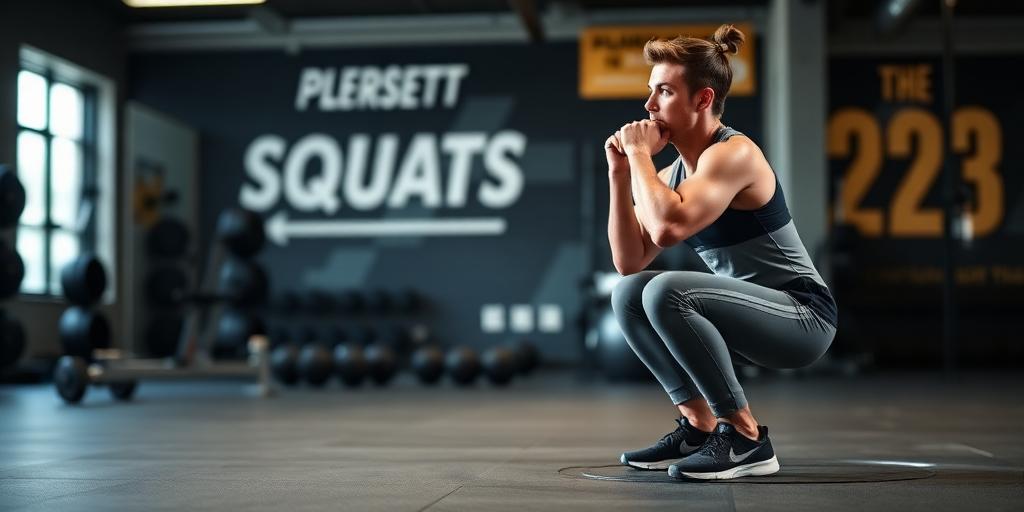The Importance of Proper Form in Every Exercise
In the world of fitness, the allure of lifting heavier weights or completing more reps can be strong. However, prioritizing quantity over quality can lead to injuries and hinder your progress. Proper form is the cornerstone of effective and safe exercise. This article delves into why maintaining correct form is crucial for every exercise.
What is Proper Form?
Proper form refers to the correct alignment and movement patterns during an exercise. It ensures that the intended muscles are targeted while minimizing stress on joints and connective tissues. Maintaining proper form involves:
- Correct Posture: Keeping your spine aligned and core engaged.
- Controlled Movements: Avoiding jerky or rushed motions.
- Full Range of Motion: Utilizing the complete range of movement that your body allows without discomfort.
- Mind-Muscle Connection: Focusing on the muscles you are working.
Why is Proper Form Important?
- Injury Prevention:
- Reduces Strain: Correct form distributes stress evenly across muscles and joints, preventing excessive strain on any one area.
- Avoids Compensatory Movements: When form breaks down, you might unconsciously use other muscles to compensate, which can lead to imbalances and injuries.
- Maximizing Muscle Activation:
- Targeted Muscle Engagement: Proper form ensures that the intended muscles are doing the work, leading to more effective workouts.
- Enhanced Muscle Growth: By correctly engaging the target muscles, you stimulate muscle fibers more efficiently, promoting growth and strength gains.
- Improved Exercise Efficiency:
- Optimal Biomechanics: Correct form optimizes the biomechanics of the exercise, making each movement more effective.
- Conserving Energy: When you're not compensating for poor form, you use energy more efficiently, allowing you to perform more reps with less fatigue.
- Long-Term Progress:
- Sustainable Training: By avoiding injuries and maximizing muscle activation, you can train consistently over the long term.
- Building a Strong Foundation: Proper form builds a solid foundation for more advanced exercises and higher training volumes.
Common Mistakes to Avoid
- Rushing Through Reps: Speed often comes at the expense of form. Focus on controlled, deliberate movements.
- Lifting Too Heavy: Ego lifting can lead to poor form and increased risk of injury. Choose a weight that allows you to maintain proper form throughout the entire set.
- Ignoring Pain: If you experience pain during an exercise, stop immediately and assess your form. If the pain persists, consult a healthcare professional.
- Not Engaging the Core: A strong core is essential for stability and proper form. Engage your core muscles in every exercise to protect your spine.
Tips for Maintaining Proper Form
- Start with Lighter Weights: Focus on mastering the form before increasing the weight.
- Use a Mirror: Observing yourself in a mirror can help you identify and correct any form issues.
- Record Yourself: Recording your sets and reviewing them later can provide valuable insights into your form.
- Seek Professional Guidance: A certified personal trainer can provide personalized feedback and help you correct your form.
- Warm-Up Properly: Prepare your muscles and joints for exercise with a dynamic warm-up.
- Cool Down and Stretch: Improve flexibility and reduce muscle soreness with static stretches.
Conclusion
Proper form is not just a suggestion; it's a fundamental requirement for safe and effective exercise. By prioritizing form over ego, you can prevent injuries, maximize muscle activation, and achieve long-term progress. Whether you're a beginner or an experienced lifter, always focus on maintaining proper form in every exercise to reap the full benefits of your workouts.









